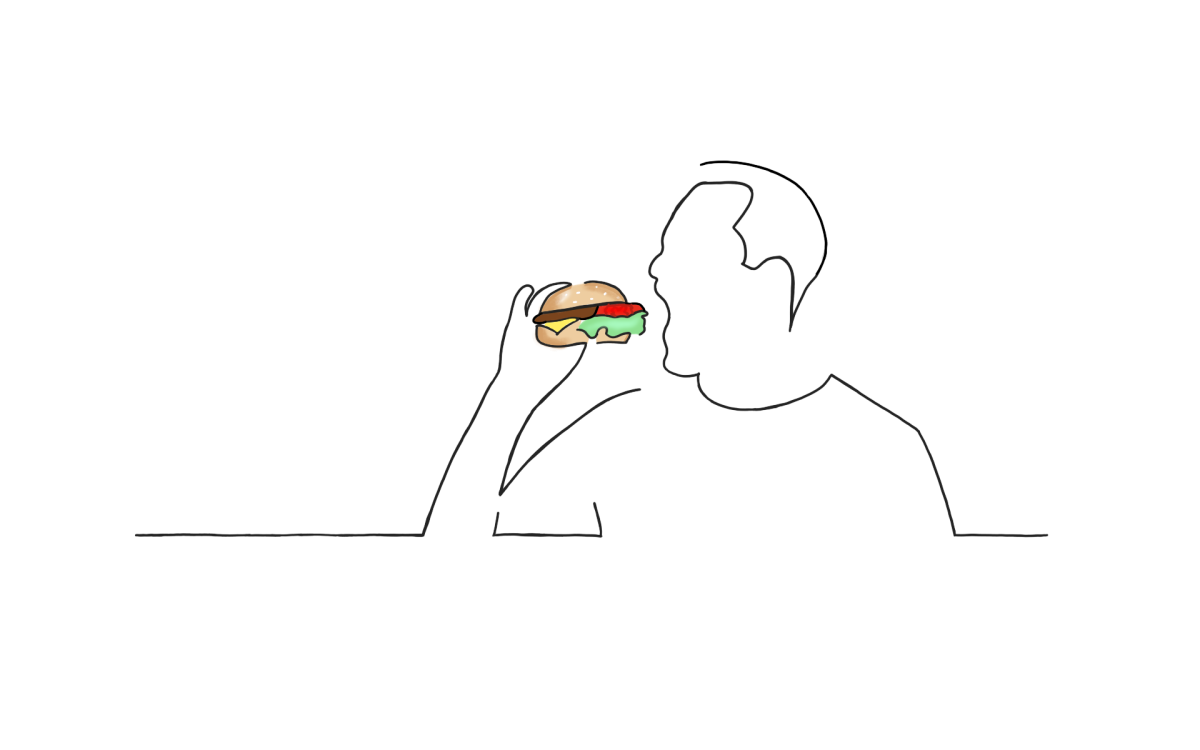By Lisa Donato | Editor-in-Chief
While standing in line at the grocery store, one is surrounded by racks of magazines adorned with photos of thin, fit and beautiful models and celebrities, each offering advice on how to obtain their physical perfection. These magazines first take away a woman’s self-image and esteem and then offer to sell them back to her one product at a time. The increasing power of the media to define standards of beauty is causing many women to develop eating disorders and waste money on beauty products in an effort to alter their appearances.
The general population is exposed to hundreds of images from the mass media every day. By the age of 21, the typical American will have watched over one million commercials. Through commercials, billboards, television shows and magazines, the media preys upon insecure adolescent girls by placing a strong emphasis on the value of beauty and physical perfection. According to the National Association of Anorexia Nervosa and Associated Disorders, 47 percent of girls from 5th to 12th grade reported wanting to lose weight because of magazine pictures, and 69 percent reported that magazine pictures influenced their idea of a perfect body shape. Although the media’s portrayal of ideal beauty through skinny models is merely a marketing strategy, it is causing women to suffer from serious body-image disorders.
According to the Crisis Connection, an organization that works to empower victims of domestic violence, eating disorders have grown 400 percent since 1970. The Association of Anorexia Nervosa and Associated Disorders reported that up to 24 million Americans suffer from an eating disorder, and over one-half of teenage girls use unhealthy weight control behaviors such as skipping meals, fasting, smoking, and vomiting. With the highest mortality rate of any mental illness, anorexia claims the lives of 150,000 American women each year. These rising numbers are alarming, but even more disconcerting is the multi-billion dollar media industry that causes them. Everywhere they go, women are bombarded with images of thin models with glowing smiles, planting the idea in their minds that they cannot be truly happy or beautiful until they look like them. What women are not told, however, is that actresses and models weigh 23 percent less than the average woman, and that the current media ideal of thinness is achievable by less than five percent of the female population. A generation ago, actresses and models weighed only eight percent less than the average woman. This decrease in weight of actresses and models is directly related to the increase of eating disorders among women today.
Another fabrication of the media is the idea that a woman will achieve the appearance of a perfectly made-up model by simply purchasing and applying advertised beauty products. Computer imaging programs, such as Adobe Photoshop, have been used for years in retouching and digitally airbrushing models and actresses’ faces to make them appear flawless. A Los Angeles-based retouching lab even admitted, “We retouch every photograph of any girl over the age of fourteen.” Unfortunately, this is how the $20 billion cosmetics industry makes their money. The actual ingredients of cosmetics cost 10 percent or less of what women pay for them, but by creating flawless images of women with long, luscious eyelashes and airbrushed skin, the media convinces women to spend countless amounts of money on beauty products.
Parents often teach their children that beauty is in the eye of the beholder; however, popular television shows such as “Extreme Makeover” and People magazine’s list of “50 Most Beautiful People in the World” seem to tell a different story. Instead of questioning the media’s unrealistic portrayal of ideal beauty, many women choose to accept it and begin molding themselves to fit its standards through starvation, dieting, the purchasing of excessive beauty products and cosmetic surgery. While there is no simple solution to this problem, there are many things that can be done to reduce it. Health programs in schools should dedicate time to educate children and adolescents about the fabricated images the media produces and encourage them to question what they see. Additionally, there needs to be an increase in overall public awareness of the media’s damaging effects on the mental and physical health of women. Rather than looking at photos of models on the covers of magazines and wishing to look like them, one should start questioning why such women, who make up only five percent of the female population, have set the bar for what is thought to be ideal beauty.























Saoirse • Nov 24, 2012 at 4:02 am
Sadly, if men didn’t reinforce this idea (IE; thinking it’s hot, wanting to have sex with women that look like them) I don’t think it would be such an issue. For thousands of years women have (on and off) been valued based on what they looked like. It’s brow beaten into us that pretty = valuable. I’d like to say it’s slowly dying but it isn’t, as this article shows.